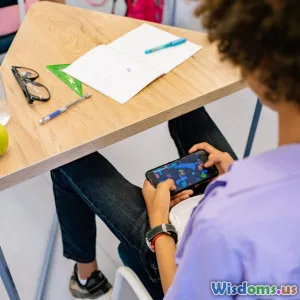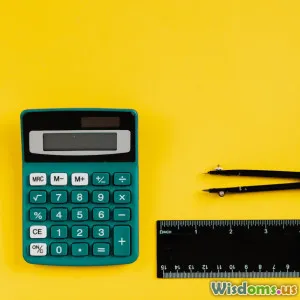
Are Students More Focused With Multimedia Learning Materials
14 min read Explore whether multimedia learning materials increase student focus and engagement, backed by research, examples, and expert insights. (0 Reviews)
Are Students More Focused With Multimedia Learning Materials?
Across classrooms and lecture halls, a transformation is underway: textbooks are giving way to digital modules, videos, and interactive platforms. The integration of multimedia in education has sparked debate—are students really more focused when engaging with multimedia learning materials, or does modern tech merely add to distraction? In today's educational landscape, this is more than an academic question. Let's unpack current research, modern examples, and actionable strategies to better understand focus in the multimedia classroom.
The Science of Attention: How Multimedia Captures Minds
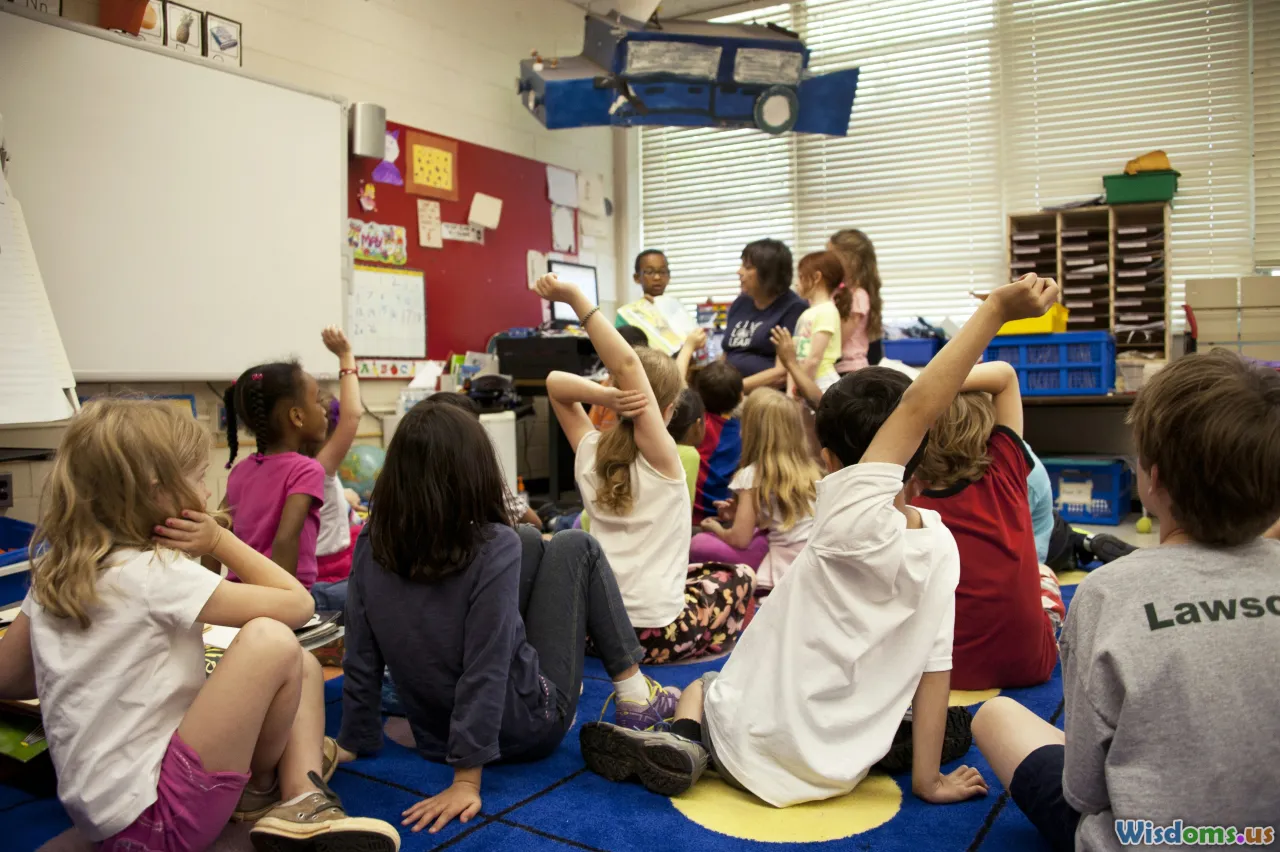
Focus, attention span, and cognitive load are fundamental concerns for educators. Traditional lectures rely on extended verbal delivery, often causing attention to decline after 10-15 minutes—a fact supported by a classic Carnegie Mellon study (Bligh, 2000). Multimedia changes this dynamic by leveraging how the brain processes information.
Cognitive psychologist Richard Mayer’s Cognitive Theory of Multimedia Learning (CTML) explains:
Humans learn more deeply from words and pictures than from words alone.
Multimedia materials combine visual, auditory, and sometimes kinesthetic (interactive) elements. This can:
- Reduce cognitive overload, letting students offload some processing to visual cues
- Make abstract concepts more concrete
- Employ pacing & chunking for better retention
Example: A biology lesson with animations of cell mitosis is often far more engaging and understandable than a static diagram or a spoken description. Mayer's research (2001) found a 50-60% improvement in learning outcomes for students using well-designed multimedia versus text-only materials.
Types of Multimedia Materials and Their Effects
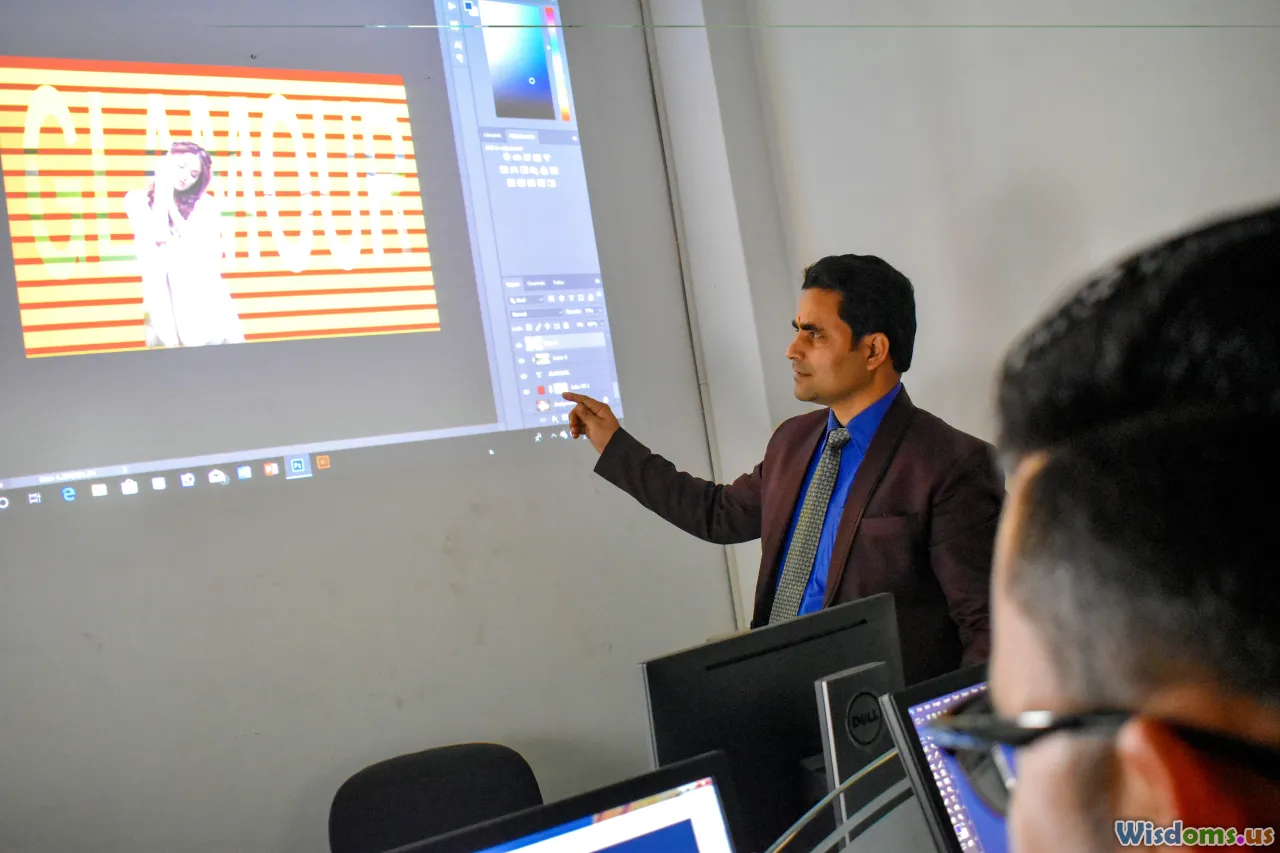
"Multimedia" covers a wide spectrum: slideshows, instructional videos, educational games, podcasts, VR simulations, and more. But do all formats improve focus?
1. Video Lectures
Video lectures can break concepts into digestible sections, using animation and narration to hold attention. For instance, Khan Academy's modular format allows learners to replay tricky segments, reinforcing concepts and accommodating different speed needs.
Case in Point: A 2022 National Academy of Education study found students in MOOC environments rated short explainer videos as the most helpful feature. Their interactive elements, such as in-video quizzes, led to 34% higher completion rates than passive watching.
2. Interactive Simulations & Games
Simulations and gamification (like Duolingo for languages or PhET for physics) turn passive learning into active exploration. By manipulating variables and seeing outcomes, abstract equations or principles become tangible and memorable.
3. Augmented & Virtual Reality (AR/VR)
These immersive experiences show further promise, especially in fields like medicine and engineering, where visualizing three-dimensional systems is crucial. For example, a VR simulation of heart surgery allows medical students to practice procedures—boosting focus due to high engagement and immediate feedback.
Not All Multimedia is Equal: Low-quality or poorly-aligned multimedia can backfire—extraneous music, irrelevant visuals, or cluttered interfaces decrease focus. Relevance and intentional design are key.
Addressing Potential Pitfalls: Can Multimedia Distract More Than It Helps?

Critics argue multimedia can encourage passivity and distraction—a concern given the rise of multitasking devices. On-demand content and quick navigation make it easy to drift from task to task, undermining deep focus.
Distraction Risks:
- Cognitive Overload: Too many sensory inputs can hurt, not help. Complex visuals without clear linkage to content may split attention.
- Ease of Distraction: Tablets and laptops facilitate opening games, social media, or irrelevant tabs. Indeed, a 2018 University of Michigan survey revealed that over 60% of students admitted to shifting away from lectures to unrelated content at least once per class session when devices were unmonitored.
Strategies to Mitigate Distraction:
- Active Learning Prompts: Embedding quizzes, polls, and reflection questions within materials keeps minds engaged.
- Minimalist Design Philosophy: Removing all unnecessary elements and animations. Google’s education apps serve as effective examples of balancing engaging interactivity with uncluttered interfaces.
- Guided Use: Teachers who explicitly direct students on when and how to use devices report markedly fewer off-task behaviors.
Cognitive Benefits: Why Multimedia Makes Abstract Ideas Click

Why do students report better focus with a multimedia approach? The answer ties back to learning science:
Dual Coding Theory: First posited by Allan Paivio in the 1970s, this theory says we process information through two channels—verbal and nonverbal (visual). Presenting information in both codes helps with recall and understanding.
Concrete Example: Consider learning Pythagoras’ Theorem. A narrated video showing the squares formed on the sides of a right triangle, coupled with animated rearrangements, actively demonstrates proofs. Contrast this with textual explanations—students often find the latter less intuitive, especially when mathematical spatial logic is involved.
STEM & Complex Subjects: Fields with heavy abstraction (physics, anatomy, geometry) benefit most. Interactive 3D models allow students to rotate proteins or molecules or "fly through" geometric spaces—leading to a deeper intuitive grasp.
Student Perspectives: Motivation Through Variety and Agency

Modern students grow up multitasking with tech, preferring digital delivery’s immediacy and visual stimulus. In surveys, most report that multimedia learning materials:
- Increase enjoyment
- Maintain their attention longer due to changing formats
- Offer more autonomy over pace and focus
Empowering Learner Control
When students can pause, rewind, or explore interactives at their own speed, they report greater confidence and less frustration. This is particularly consequential for neurodiverse learners—those with ADHD, dyslexia, and others—who struggle with text dominance or linear instruction.
Example: A 2023 study by the UK Open University found that providing video summaries and interactive mini-lectures in introductory psychology led to a 22% drop in help-desk requests compared to text-heavy modules, as students could review tricky material and learn at their natural pace.
Multimedia for Diverse and Inclusive Learning

Multimedia isn’t just about glitz; it helps level the educational playing field. Digital tools can be tailored for different learning needs and preferences:
- Subtitles & Audio Options: Support students with auditory or visual impairments
- Interactive Transcripts: Allow word-by-word replay and contextual searching
- Speech-to-Text Tools: Assist learners who process auditory input more quickly than written material
Case Study: Australia's government-supplied "Accessible eLearning packs," which mix audio narration, imagery, and interactive questions, have seen notable adoption success in remote Indigenous schools, where students' primary literacy mode may not be written English.
Comparative Insights: Multimedia Vs. Traditional Textbook Learning

Research routinely compares outcomes between groups using multimedia versus textbooks alone.
2019 meta-analysis (Journal of Educational Psychology): Analyzing 116 studies spanning two decades, scholars found students using multimedia-based courses performed, on average, one standard deviation better on recall and comprehension measures than those using traditional materials alone.
Nuances to Consider:
- Not all subjects benefit equally—rote memorization may not improve as much as conceptual understanding.
- Age matters: Younger students may fare better with active guidance; older students can self-direct use.
- For deep, sustained focus, multimedia must be structured and purposeful—not an entertaining "add-on."
Practical Strategies: Making Multimedia Learning Material More Focus-Friendly

Based on the research, educators can harness multimedia for focus with these approaches:
1. Design for Clarity and Relevance
Avoid distracting features. Each video, image, or interactive element should reinforce the core learning objective.
2. Break Content Into Chunks
Shorter, modular content reduces fatigue and enables frequent focus resets—a model emulated by successful platforms like Coursera and TED-Ed.
3. Embed Reflection and Question Activities
Intersperse checks for understanding and ask for predictions or analogies during content delivery.
4. Encourage Multimodal Note Taking
Recommend tools or apps supporting visual, audio, and text note-taking for better synthesis and attention.
5. Provide Choice
Where possible, let students pick between media formats (read a summary, watch an explainer, tackle an interactive simulation) according to what keeps them most engaged.
Real-World Success Stories

Flipped Classrooms: Schools adopting "flipped learning"—where students absorb core content at home via video and digital materials, saving class time for discussion—consistently report increased attentiveness. For example, Byron High School in Minnesota observed its discipline referrals drop 66% after a move to multimedia-flipped assignments.
University Case Study: Arizona State University's mathematics program replaced lecture time with online modules combining video, animations, and problem-solving forums. Pass rates increased from 56% to 74% within three semesters, accompanied by survey findings indicating higher focus during active lesson segments.
Looking Ahead: Creating a Balanced Multimedia Ecosystem
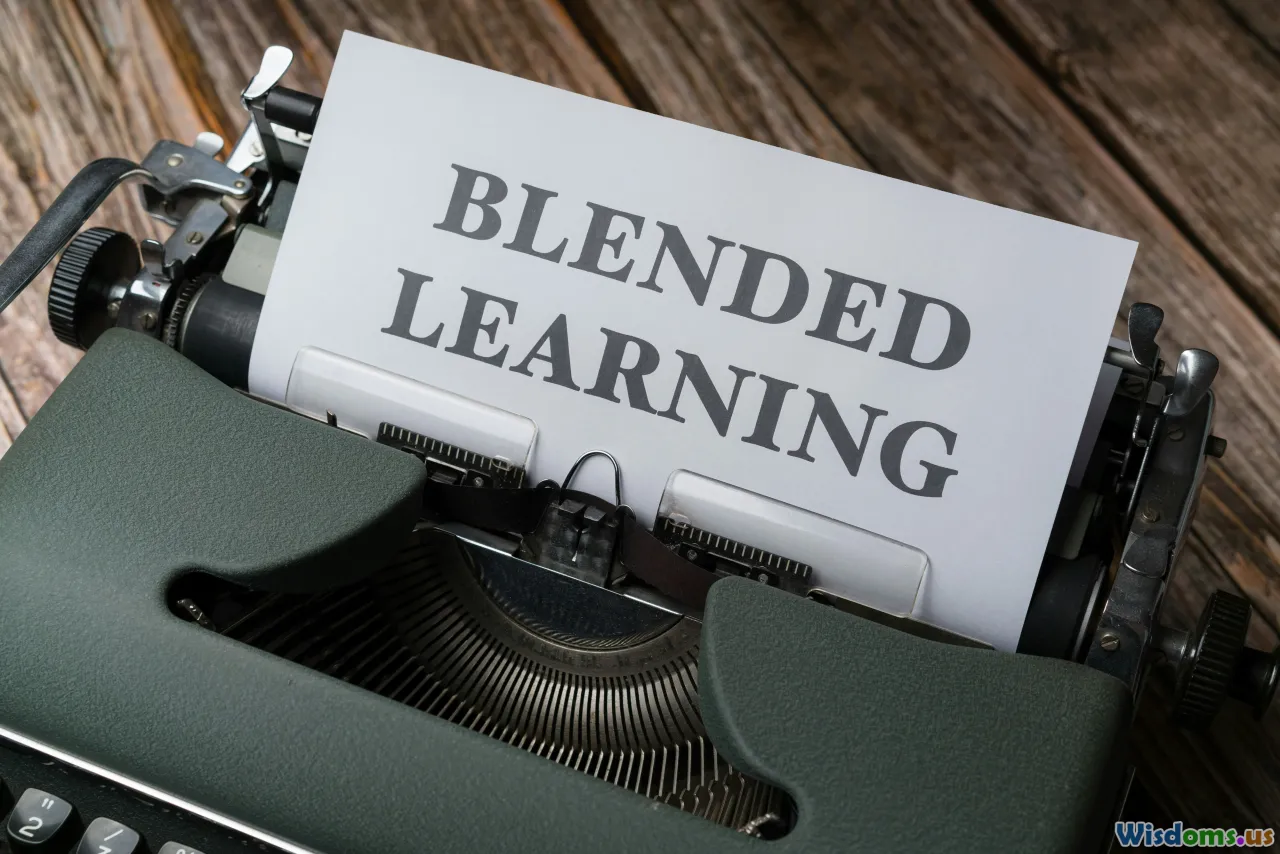
The "are students more focused" debate doesn’t yield to a simple yes or no. Well-designed multimedia can—when integrated thoughtfully—boost not just engagement but actual learning. The future points toward blended models that use multimedia interleaved with collaborative, active classwork, matching format to lesson goals and student needs.
Educators, designers, and technologists must work together to prevent overload, leverage interactivity as focus fuel, and above all, tailor materials to the realities of today’s learners. With deliberate, research-driven choices, classrooms can tap the power of multimedia—unlocking a new era of student focus and achievement.
Rate the Post
User Reviews
Other posts in Educational Technology Tools
Popular Posts










